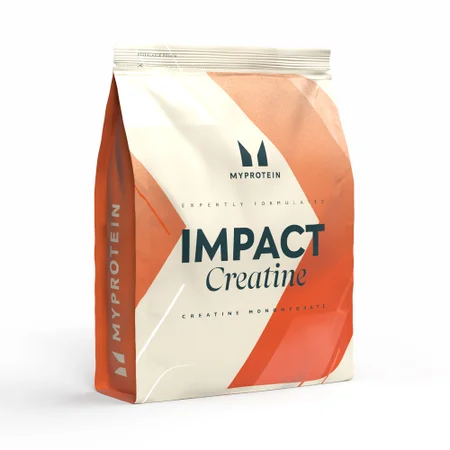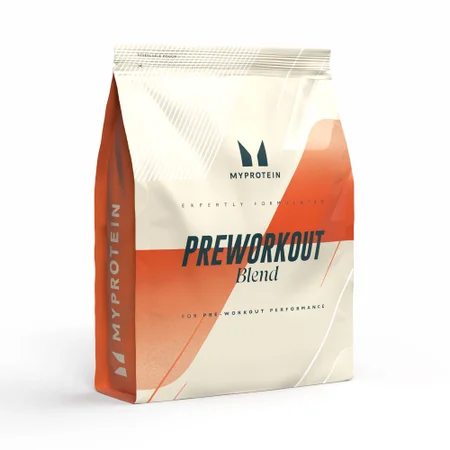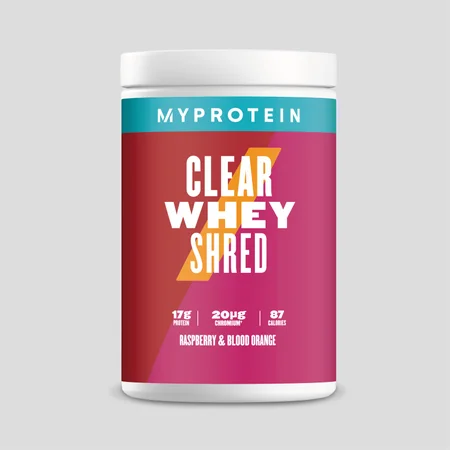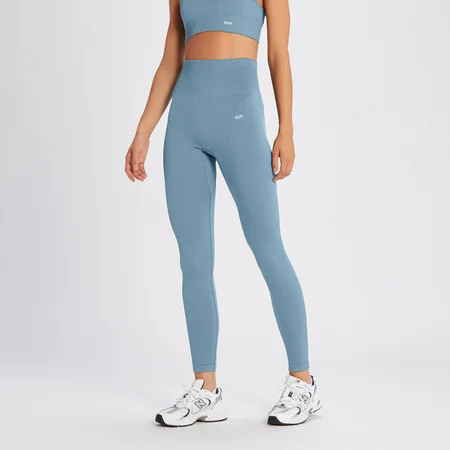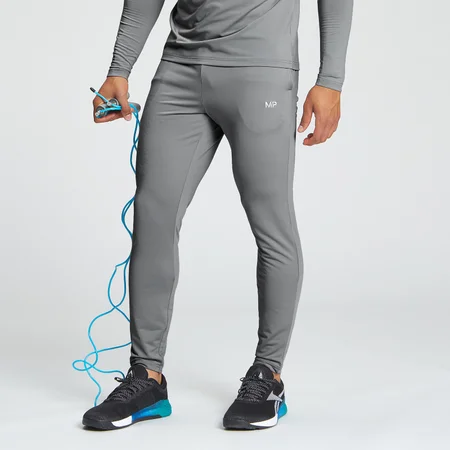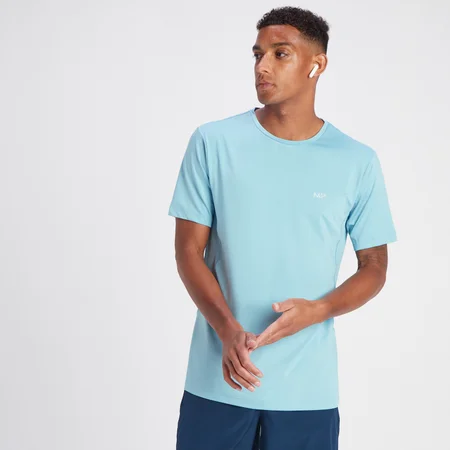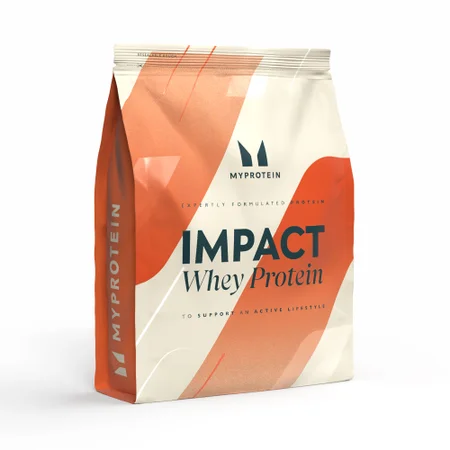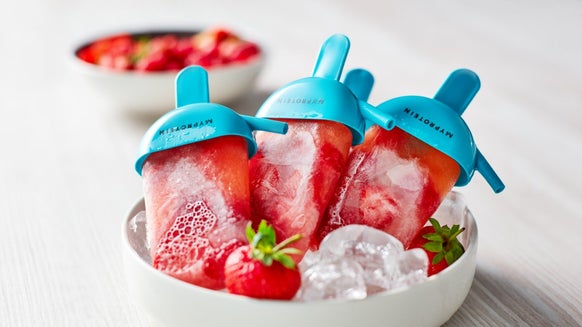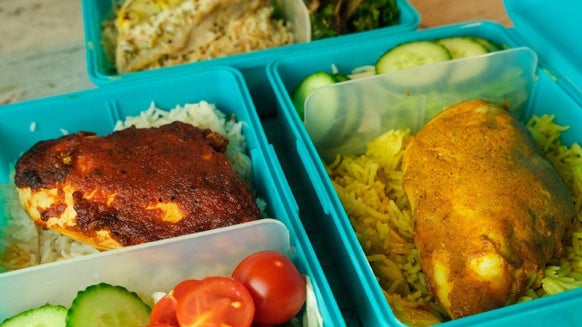
- HIIT Benefits
- HIIT Workout Videos
- Home HIIT Workouts
- 10 Minute HIIT
- Common Mistakes
- How to fuel your HIIT workouts
What are the benefits of HIIT?
Fat loss
Losing fat requires an individual to be in a caloric deficit. This means that you’ll need to be consuming fewer calories than you’re using throughout the day.
Due to the nature of HIIT workouts, we’re able to significantly increase our daily caloric expenditure, thus resulting in fat loss – provided we consume fewer calories than we use. Training also boosts your metabolism – your body will be utilising a greater number of calories when at rest, as they are needed to support muscle recovery throughout the day.
Muscle gain
While this type of training would not be considered optimal for gaining muscle mass, it still provides a good method for loading your muscles. Progressively overloading your muscles with challenging stimuli, such as HIIT, is likely to stimulate a moderate hypertrophic response.
Additionally, you should expect adaptations to your strength and muscular power as a result of HIIT training.
Increased heart rate
Increasing your heart rate for sustained periods is one of the best ways to keep your heart healthy. Not only will you improve your cardiovascular fitness, and thus be able to perform longer and more intense sessions, but you’ll also mitigate the risk of cardiovascular diseases.
Reduced blood pressure
Improving your cardiovascular fitness can help to reduce hypertension, reducing the risk of certain cardiovascular diseases. Additionally, intense exercise can help to manage cortisol levels – the body’s stress hormone. This can also contribute to a lower blood pressure, thus improving longevity.
HIIT Video Workouts
20 Minute, Upper Body HIIT Workout | No Equipment
This workout doesn’t require any equipment – all you need is appropriate clothing and enough space available to do the exercises.
This session is great for building strength and muscular endurance in your upper body. If you struggle with any of the exercises, feel free to regress or substitute them.
20 Minute HIIT Workout for Fat Loss
This high-intensity session aims to get your heart rate up, using a combination of different exercises.
The goal here is fat loss, so try to keep up with the video so that the appropriate effective intensity can be maintained throughout the video.
15 Minute Home HIIT Workout for Abs
This session focuses on the abdominal muscles – developing strength and muscular endurance.
20 Minute HIIT Session at Home | With Lillie Smith
This session uses a mix of upper, lower and core exercises to challenge you.
15 Minute Home HIIT Workout for Minimal Space
This session uses no equipment and utilises a small amount of space.
Home HIIT Workouts
Like marmite, you either love home workouts or you’ve grown to hate them by now. Regardless of how you feel about them, HIIT workouts offer a convenient alternative for those of us who are tight on time or have limited access to a gym or equipment.

15-Minute HIIT Workout | Exercises To Do At Home

Common HIIT Mistakes That Could be Ruining Your Workout
With these top tips, you’ll be getting HIIT right in no time! ...
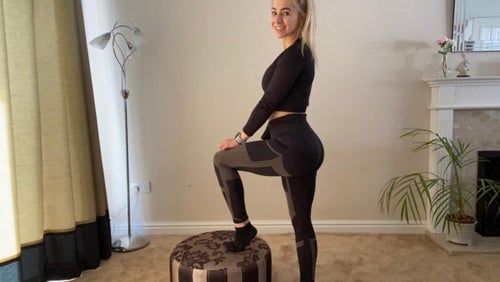
Tone Your Glutes | 15-Minute Glute Workout
Short on time? Try this quick but killer glute workout — no equipment needed. ...
10 Minute HIIT
Common HIIT mistakes and how to fix them
Letting form break down
As we progress through a workout, particularly when they’re intense, we tend to compromise on our technique. This is due to fatigue, where the muscles used to perform a given exercise become tired. This can subsequently result in injuries.
To fix this, notice when you are becoming fatigued, and focus on the technical execution of the exercise. This might mean performing fewer reps, but even when we are doing HIIT, it’s quality over quantity.
Not reaching the required intensity
When an experienced exerciser takes part in HIIT, there can be a tendency to hold back a bit. If your technique is not going to be compromised, then HIIT should be a sustained or all-out effort, depending on the session.
Instead of simply going through the motions, make sure there is the intent behind the exercise you’re performing. This can be aided with motivation from a trainer or a friend.
Not utilising the correct technique
Make sure that you are aware of the correct technique for each exercise before you start the session. If you perform the exercises incorrectly, then it is possible that the session will be unsafe, and it is likely that it will be ineffective at working the desired muscles.
How to fuel your HIIT workouts

4-Second Fitness & Better Fat Burning | This Week's Top Studies
Spend a lot of time sitting? This one's for you....


